Let’s talk about nature’s ultimate escape artists—creatures so resilient they’ve essentially mastered the art of resurrection. From microscopic marvels to sea-dwelling enigmas, these animals redefine what it means to bounce back. Ready to meet evolution’s most jaw-dropping survivalists?
1. Tardigrades Can Survive Extreme Conditions
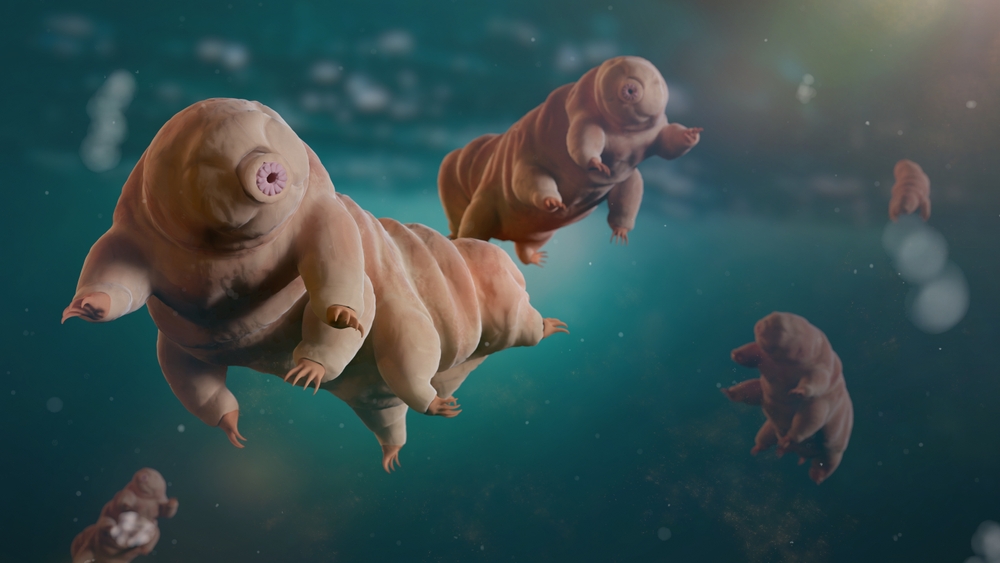
Tardigrades, or “water bears,” are microscopic wonders that don’t just survive the impossible—they thrive in it. They can endure being frozen solid, boiled, or blasted with radiation. In extreme conditions, they enter a state called cryptobiosis, halting all metabolic processes and appearing lifeless. When the environment becomes favorable, they rehydrate and spring back to life, as if their brush with death was just a nap. Scientists continue to study their resilience for insights into extreme survival.
2. Wood Frogs Freeze and Thaw Seasonally
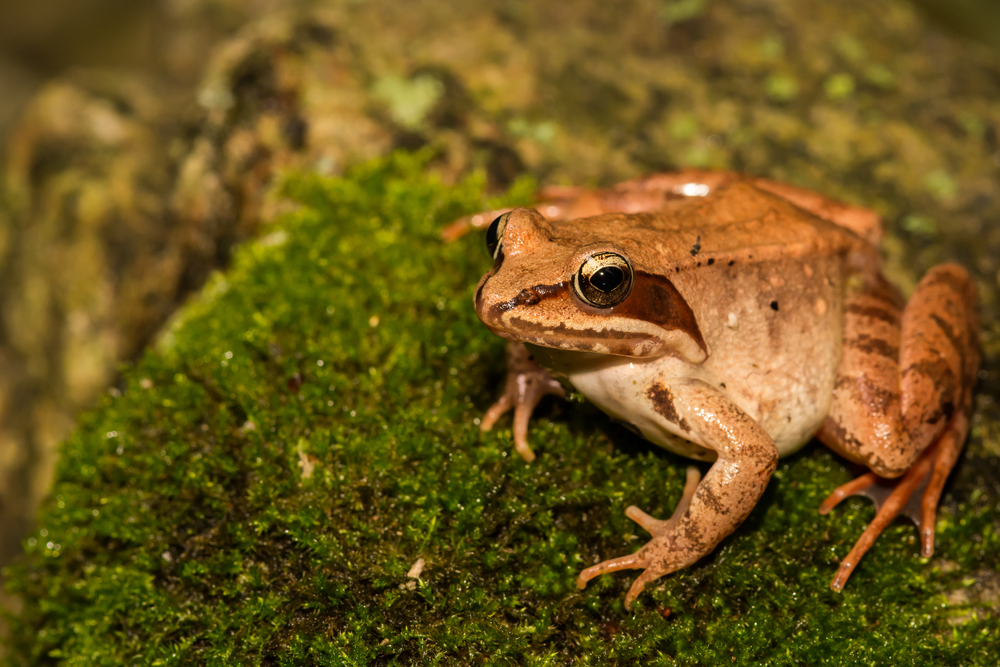
Wood frogs take the phrase “chill out” to another level. Found in North America, they freeze completely in winter—heart stopped, no breathing, no brain activity. Their secret? Cryoprotectants, like glucose, act as antifreeze in their bodies. As temperatures rise, these frogs thaw out and hop away as if nothing happened. This seasonal “death” allows them to survive frigid conditions that would kill most other creatures, making them masters of seasonal resurrection.
3. Sea Cucumbers Liquify and Rebuild Themselves
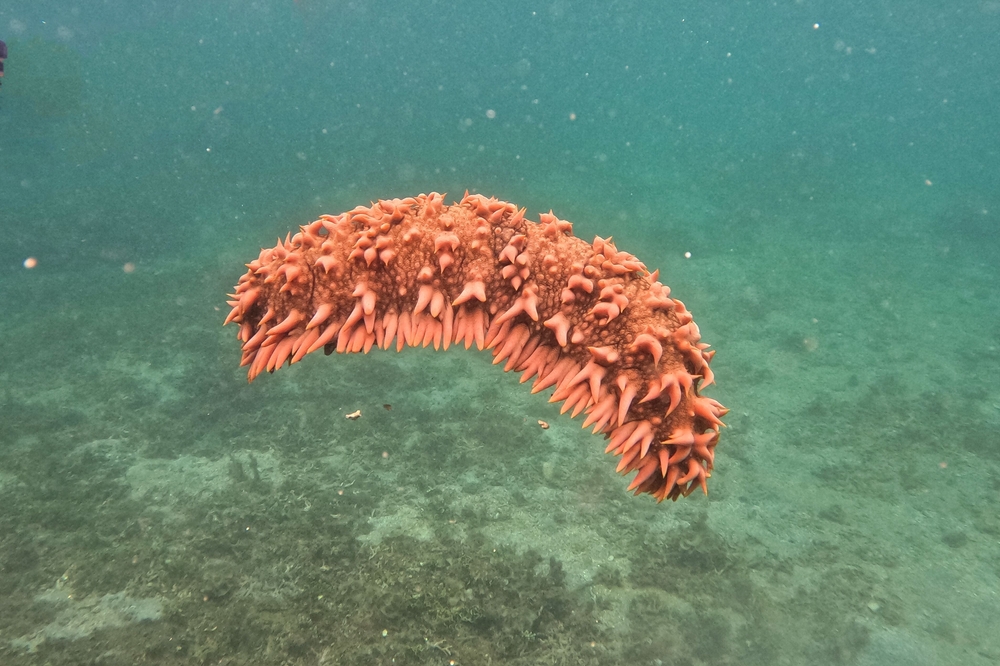
Sea cucumbers might look like ocean floor decor, but these gelatinous wonders are anything but ordinary. When threatened, they can eject their internal organs, appearing dead to predators. Over time, they regenerate those lost organs, essentially starting over. Their unique ability to liquefy and rebuild their bodies allows them to survive in dangerous environments, proving that sometimes the best defense is falling apart—literally—and then pulling yourself back together.
4. Planarian Worms Regenerate Their Entire Bodies
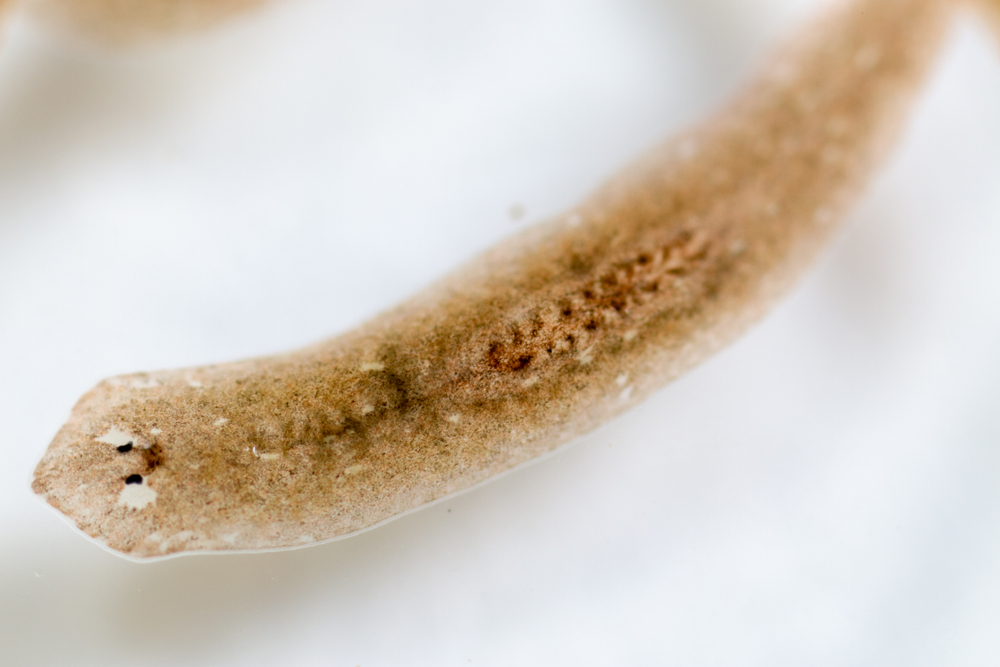
Planarian worms are nature’s ultimate regenerators. Cut one into pieces, and each fragment grows into a whole new worm. This uncanny ability is thanks to their stem cells, which remain active throughout their lives. Even after being seemingly destroyed, they regenerate completely. Researchers are fascinated by their regenerative superpowers, which could unlock secrets for medical science. For now, they remain the poster children of biological rebirth, outdoing most animals in their survival tactics.
5. Lungfish Hibernate for Years Without Water
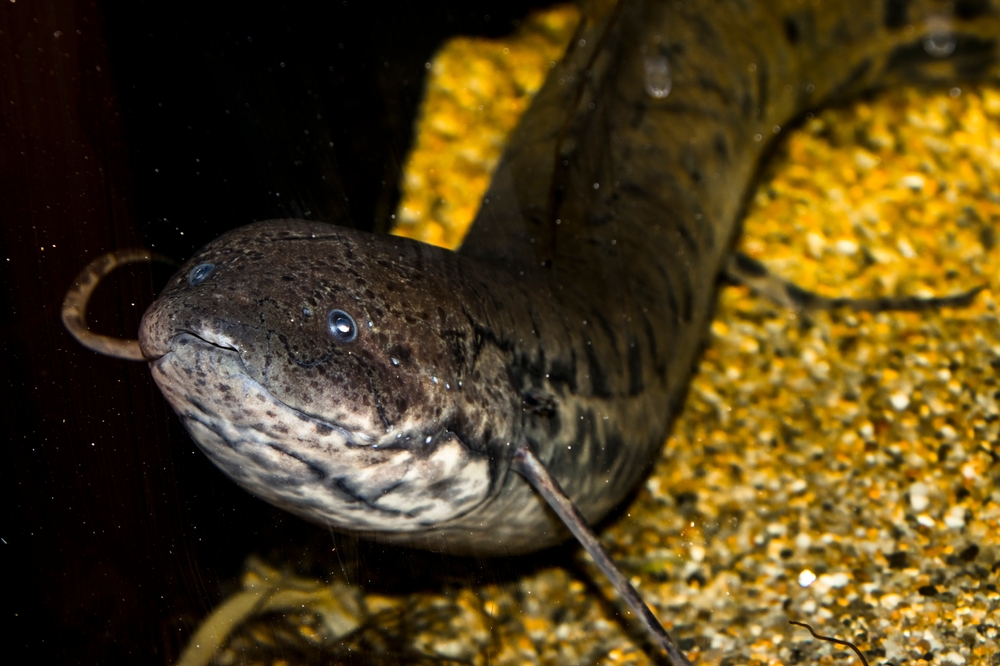
Lungfish are freshwater survivalists that take dormancy to extremes. During droughts, they encase themselves in mucus cocoons and burrow underground, surviving without water for years. Their metabolism slows down drastically, making them appear dead. Once the rains return, they emerge from their cocoons and resume life as usual. Their ability to weather extreme conditions makes them living fossils, embodying the resilience of life in its most astonishing form.
6. Immortal Jellyfish Reverse Their Aging
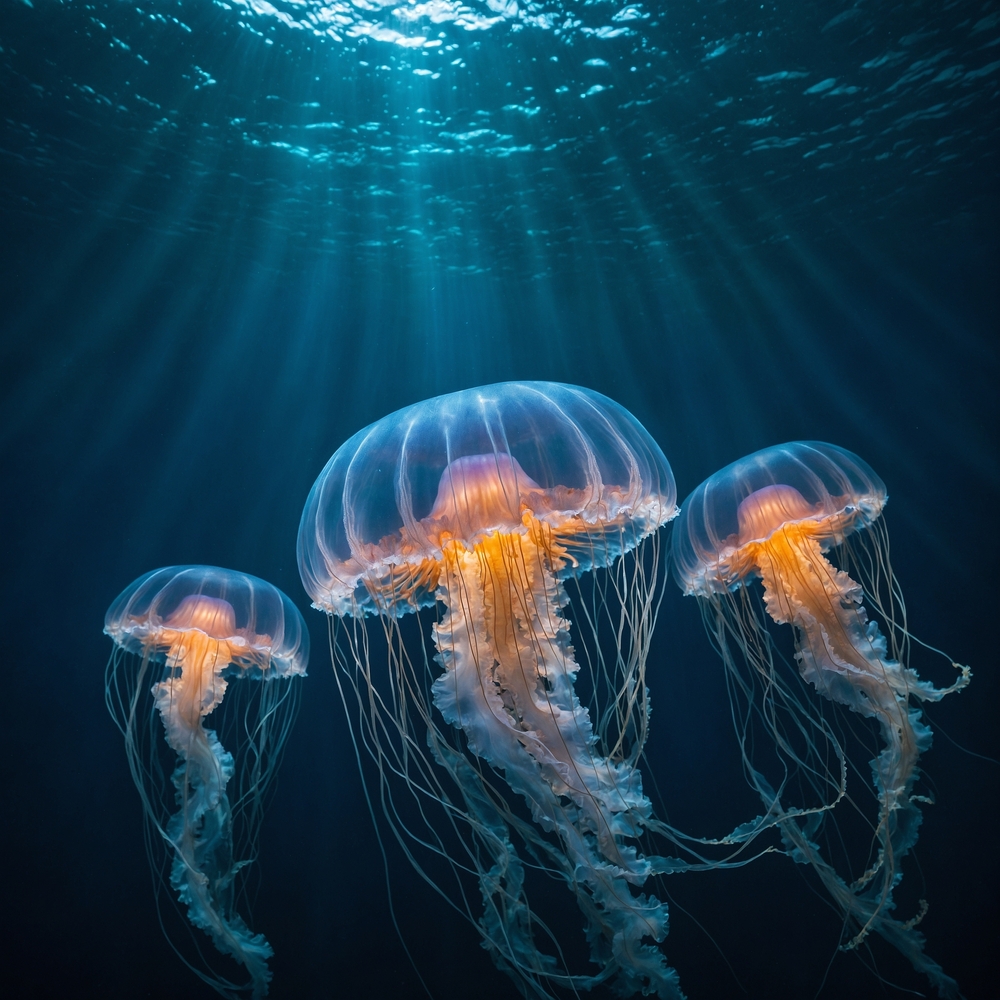
The immortal jellyfish, Turritopsis dohrnii, does something no other animal can—it cheats death by reverting to an earlier stage of life. When stressed or injured, it transforms its adult cells into a polyp, essentially starting over. This biological reset is akin to pressing life’s rewind button. While they’re not invincible to predators, their ability to sidestep aging has earned them the title of “immortal,” making them a biological wonder.
7. Opossums Use Death as Camouflage

Opossums don’t die and resurrect in the conventional sense, but their dramatic defense mechanism earns them a spot on this list. When threatened, they enter a catatonic state that mimics death—complete with limp bodies and a foul odor. This convincing act deters predators who prefer live prey. Once the danger passes, they “come back to life” and scurry away unscathed. Their death-faking theatrics are a masterclass in survival strategy.
8. Brine Shrimp Hibernate for Decades
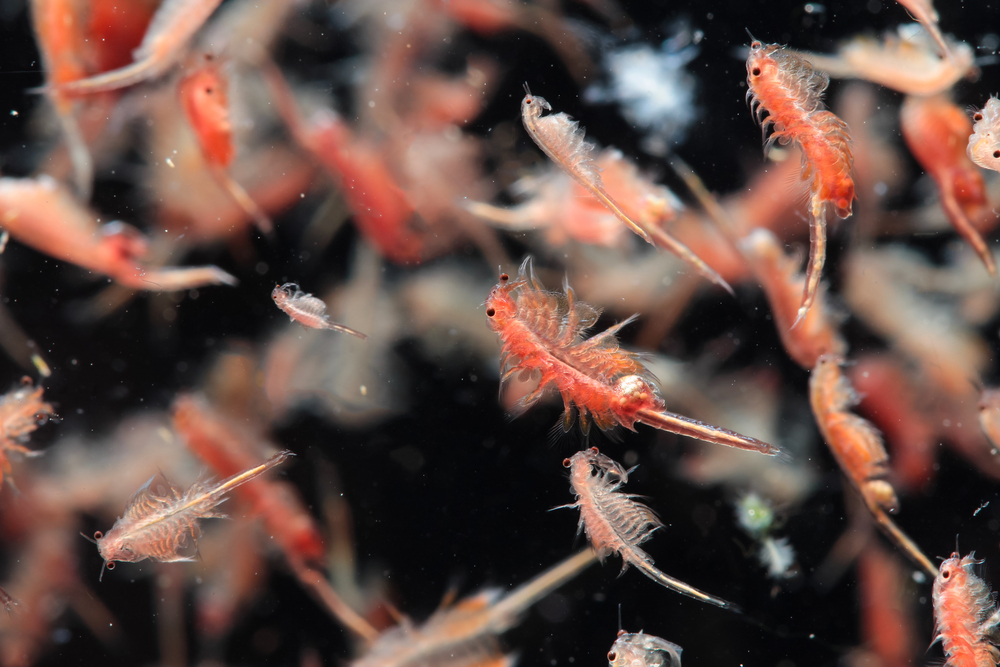
Brine shrimp, also known as sea monkeys, have a trick up their microscopic sleeves—they can enter a state called diapause, suspending all life processes when conditions are harsh. These tiny crustaceans can remain dormant for decades, enduring extreme environments. When rehydrated, they return to life as if no time had passed. Their resilience has even taken them to space, proving they’re small but mighty when it comes to survival.
9. Resurrection Plants “Die” and Revive With Water
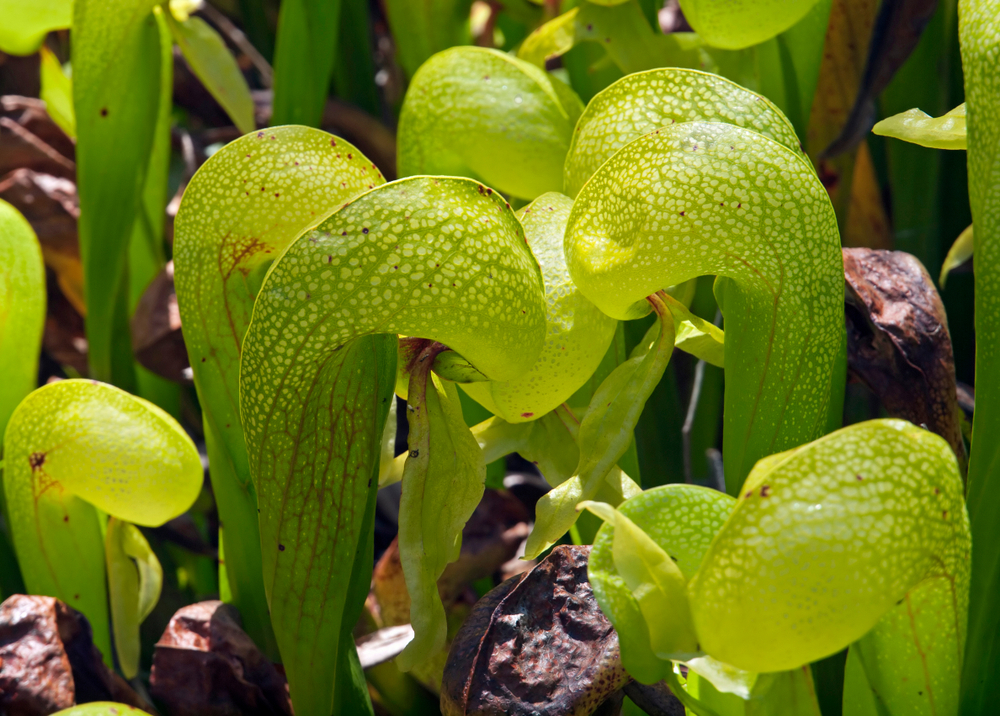
Though not technically animals, resurrection plants deserve an honorable mention for their lifelike revival. These desert plants dry out completely during droughts, curling into brown husks that appear dead. Add water, and they spring back to lush, green life within hours. Their survival strategy mirrors the resilience of animals on this list, demonstrating nature’s remarkable ability to rebound from the brink of death.
10. African Spiny Mice Heal Like Superheroes
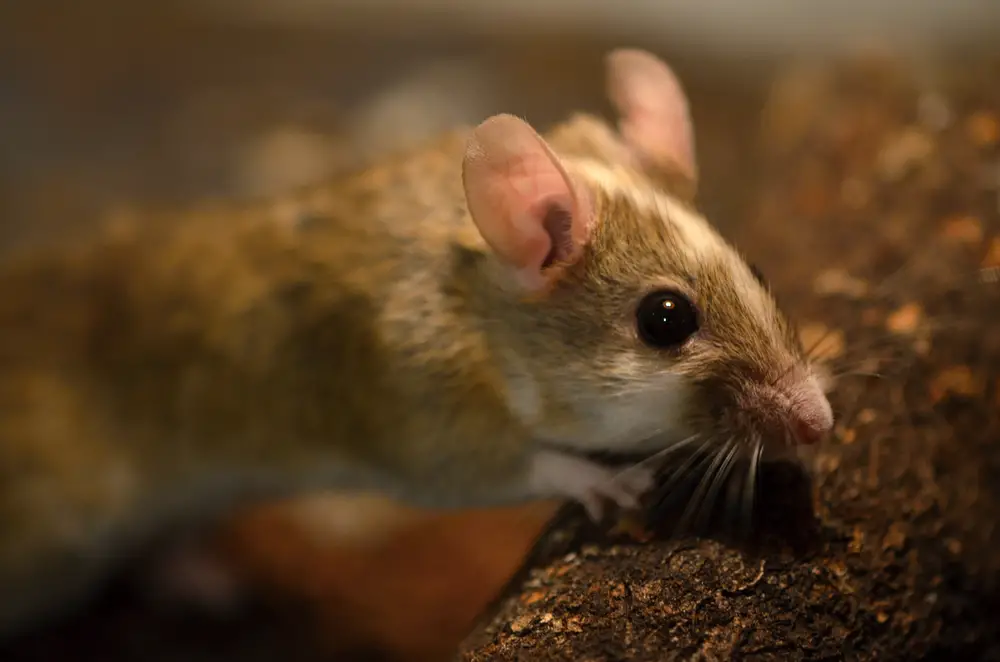
African spiny mice have a regenerative power that seems almost mythical. When injured, they can shed patches of skin to escape predators, appearing lifeless in the process. What’s astonishing is their ability to regenerate skin, hair follicles, and even cartilage without scarring. This extraordinary healing process has made them a focus of regenerative medicine research. They may not “die” in the traditional sense, but their ability to recover is nothing short of miraculous.
